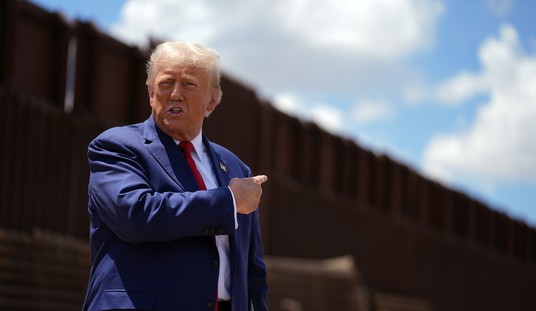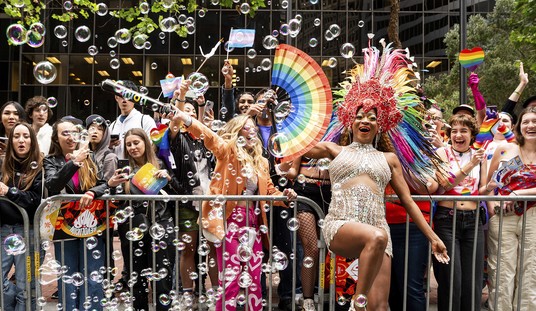Surprised? That must mean you’re one of those [fill in the blank here] who are destroying our country! Or perhaps you’re just someone who hasn’t paid much attention to politics since Ike’s last term in office. Pew takes a look at the drift to the poles over the last 20 years since the halcyon days of warm bipartisanship and gentlemanly politics of the, er, Newt Gingrich/Bill Clinton era.
Who knew that James Carville represented the baseline for our better selves?
Republicans and Democrats are more divided along ideological lines – and partisan antipathy is deeper and more extensive – than at any point in the last two decades. These trends manifest themselves in myriad ways, both in politics and in everyday life. And a new survey of 10,000 adults nationwide finds that these divisions are greatest among those who are the most engaged and active in the political process.
The overall share of Americans who express consistently conservative or consistently liberal opinions has doubled over the past two decades from 10% to 21%. And ideological thinking is now much more closely aligned with partisanship than in the past. As a result, ideological overlap between the two parties has diminished: Today, 92% of Republicans are to the right of the median Democrat, and 94% of Democrats are to the left of the median Republican.
Partisan animosity has increased substantially over the same period. In each party, the share with a highly negative view of the opposing party has more than doubled since 1994. Most of these intense partisans believe the opposing party’s policies “are so misguided that they threaten the nation’s well-being.”
“Ideological silos” are now common on both the left and right. People with down-the-line ideological positions – especially conservatives – are more likely than others to say that most of their close friends share their political views. Liberals and conservatives disagree over where they want to live, the kind of people they want to live around and even whom they would welcome into their families.
And at a time of increasing gridlock on Capitol Hill, many on both the left and the right think the outcome of political negotiations between Obama and Republican leaders should be that their side gets more of what it wants.
Ahem. I’ve been following politics for forty years, and I don’t recall a time when people thought they should negotiate to get less of what they want than their opponents. Even when people spoke in more altruistic terms about finding “common ground” in politics, what they meant — and what they tried to establish — was a definition of “common ground” that made it at least adjacent to their own position. Politics has never been beanbag, after all, and it certainly wasn’t in 1994, the baseline for this analysis.
As for polarization within the parties, that looks more like a consequence of a shift from geography to ideology in politics. For most of America’s history, geography and regional interests trumped political parties, which were more organized for elections than philosophy. Over the last few decades, as the revolution in communications and transportation homogenized the country and shaped our national culture, the parties have become the natural home for ideological fraternity.
That’s what seems to be happening in this Pew chart:
In terms of personal “ideological silos,” that gets explained later in the Pew poll by the choice of communities. Liberals are far more likely to seek out living space in dense urban areas, while conservatives are far more likely to look for suburban or exurban living space. As a consequence, we see low levels of coexistence within living communities, although that doesn’t touch on other communal arrangements like families and worship communities. This, too, doesn’t strike me as breaking news. Urban areas have attracted liberals for many years, and as regulations in those areas get more and more intrusive — I’m thinking about Michael Bloomberg’s New York City in particular, but it’s true in general — fewer and fewer conservatives would find urban living attractive anyway.
On the other hand, I do think that politics has gotten meaner, in both the current and archaic senses of the word. It has become both more petty and more angry, although that’s strictly a personal observation and not one that has any data set to back it up, save the Pew poll. But has ideological polarization caused that, or does it come from a larger cultural corrosion created by the celebration of derision and a nihilistic social trend? Politics reflects who we are more than it defines who we are, I think, and so those issues look cultural rather than political. Pew may be highlighting the symptoms, but missing the disease.
Update: Kevin Glass busts a few myths in his analysis.









Join the conversation as a VIP Member